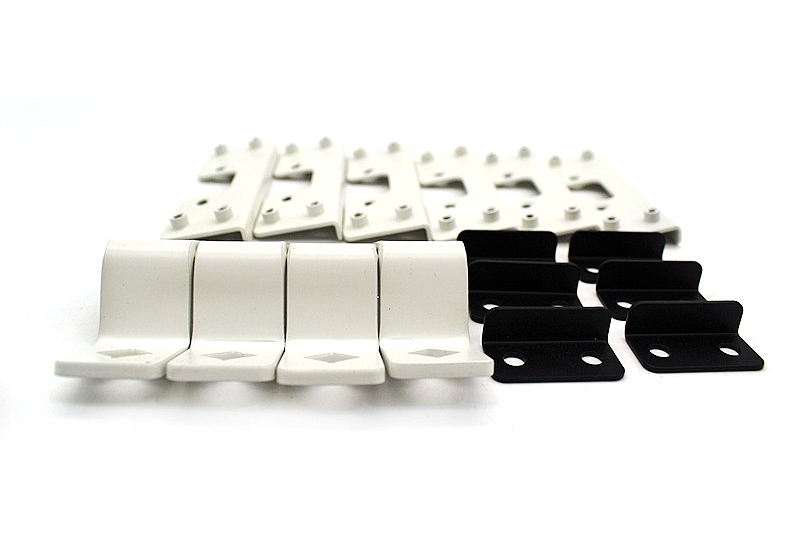What types of metals can be effectively processed through metal bending operations?
Introduction
Metal bending is a core forming method used across structural, mechanical, and precision applications. As an engineer working with sheet-metal fabrication on a daily basis, I’ve seen how different metals respond to bending forces, depending on their ductility, hardness, thickness, and grain structure. Below is a structured overview of the metals most suitable for bending, along with how proper process selection ensures accuracy and repeatability across various industries.
Aluminum Alloys
Aluminum is one of the most bend-friendly materials due to its light weight and good ductility. Alloys such as cast aluminum, A356, A380, and 383 ADC12 are widely used in brackets, enclosures, and consumer-grade housings. Aluminum is also commonly prepared using upstream steps, such as laser cutting, before bending to maintain smooth edges. For applications requiring corrosion resistance or decorative surfaces, finishes such as anodizing further enhance functionality.
Steel and Stainless Steel
Steel’s versatility makes it one of the most widely bent metals. Alloys like carbon steel and stainless steel offer excellent strength and predictable forming behavior. Stainless steels, including cast stainless steel, bend well when proper radii and tooling are used. These materials are often shaped through controlled processes, such as metal bending, and integrated into assemblies produced through sheet metal fabrication. When needed, protective coatings like powder coating increase durability.
Copper and Copper Alloys
Copper alloys, such as copper alloy, provide exceptional bendability due to their high ductility. These metals are frequently used in electrical and thermal management systems, where maintaining structural integrity during forming is critical. Because copper is soft, bending usually occurs after precise cutting operations such as plasma cutting. Surface refinement through polishing improves the appearance of visible components.
Magnesium and Lightweight Alloys
Lightweight materials like magnesium alloy can also be bent when proper radii and controlled force are applied. These alloys are commonly used in applications where weight reduction is crucial, such as the aerospace and e-mobility sectors.
High-Temperature and Specialty Alloys
Certain high-performance alloys used in extreme environments, such as nickel-based alloys like Inconel 625, can also be bent with proper tooling and bending sequence. These metals are more challenging due to higher strength but are essential in industries like energy, where heat-resistant components are required.
How Manufacturing Processes Support Bendability
Metals are often prepared through upstream processes, such as prototyping, sheet metal stamping, and gravity casting, before being bent. These processes influence grain structure, thickness variation, and surface condition—all of which affect bend quality.
Conclusion
Many metals, including aluminum, steel, stainless steel, copper alloys, magnesium, and even high-temperature nickel alloys, can be effectively processed through bending operations when matched with proper tooling, preparation steps, and finishing applications. The key to successful bending lies in aligning material characteristics with controlled forming processes to achieve accuracy, repeatability, and long-term performance.



